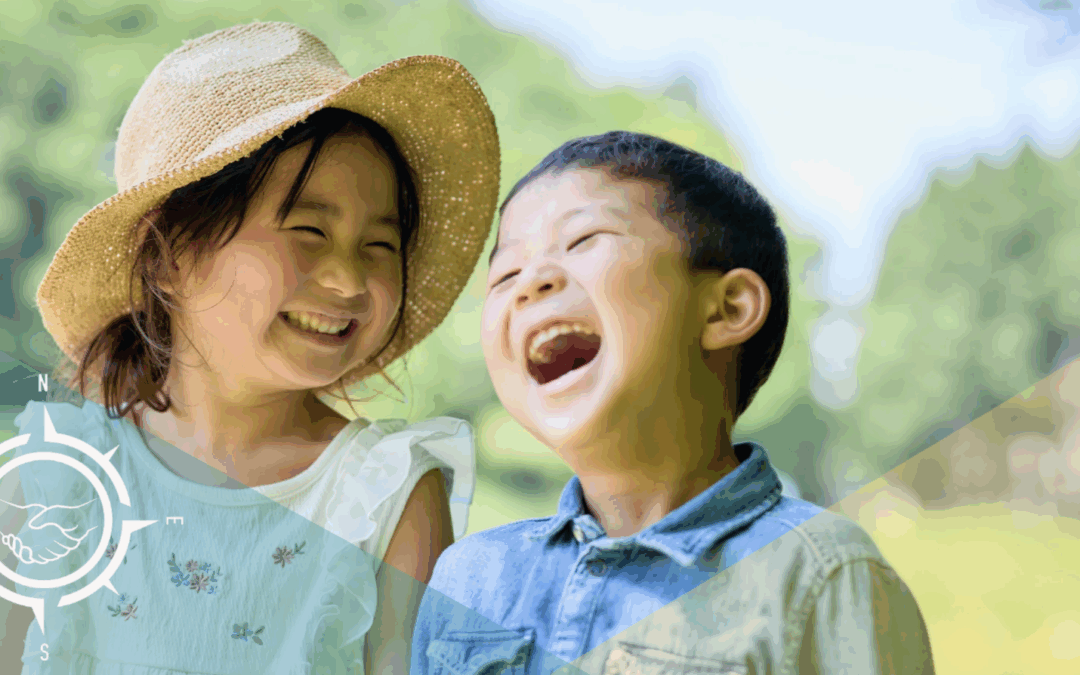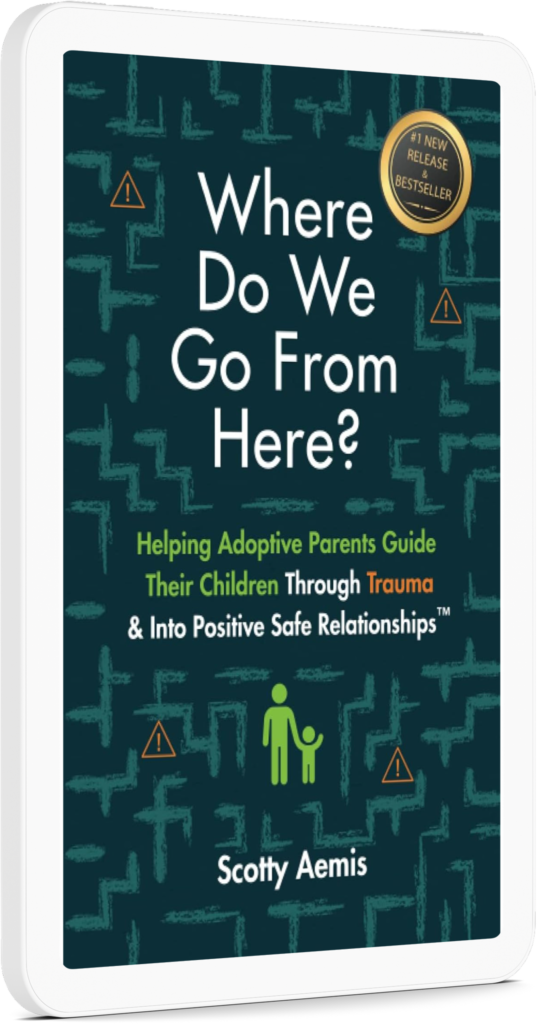Creating Lasting Change to Heal from Childhood Trauma
It can be hard to consider the long-term future for your child with trauma when every day can feel like a real struggle. But making lasting changes not only prepares your child for their future, but it can also empower them to have a successful future. So let’s take a look at ways you can help start the process of making lasting changes to empower your child’s future.
Break Generational Trauma Cycles
Trauma leads to scars, and when left unhealed, those scars can manifest in negative ways in adulthood. As adults, we mimic the parenting we grew up with. If trauma is left unhealed, it can mean that as an adult, your child will exhibit the same traumatizing behaviors they experienced. But by focusing on positive safe relationships with your child, you can help them begin to rebuild trust and safety. This is what allows space for the healing process to actually occur. Learn more about positive safe relationships and how it heals childhood trauma.
Develop Lifelong Coping Skills
You can’t undo the trauma your child experienced, but you can help them learn to cope with their experiences. Lifelong coping skills is about building resilience, managing stress, and learning to emotionally self-regulate. This starts with learning to become more self-aware by being able to identify triggers, behavior patterns, and learning to practice self-compassion. It also is about learning to establish and respect boundaries of their own, and boundaries of others. Lifelong coping skills involves creative expression and holding space for self-care. When we are able to participate in activities that we are good at, it can do wonders for our confidence, helping to further empower us.
Fostering Post-Traumatic Growth
Post-traumatic growth is the positive psychological change experienced after a traumatic event. This doesn’t mean the trauma is forgotten, but rather finding new strength, having a better appreciation for life, and deeper and healthier relationships. Fostering this growth means giving your child the space to process their emotions and to reflect on their experiences. Help your child learn to acknowledge and validate their feelings and to not suppress their emotions. Mindfulness can be a great way to foster post-traumatic growth.
Empowering Your Child’s Future
Your goal for your child shouldn’t just be about healing, but about empowering your child to have a happy and healthy future! This takes small steps, but the great news is, those steps are already what you are working on with your child, including:
- Creating a safe and supportive environment free of judgment
- Fostering open communication and healthy dialogue
- Providing reassurance and validation of your child’s feelings and experiences
- Learning to identify and minimize triggers
- Working on techniques to help reduce stress
- Practicing self-awareness, mindfulness, and self-care
- Encouraging avenues for creative expression
- Using positive reinforcement, such as reminding your child of their own strengths and past successes
- Learning to ask for help when you need it
- And celebrating all the victories, both big and small!
Healing from trauma is possible. Having a happy, healthy, and successful future for your child with trauma is possible. When your child feels empowered, they won’t just survive, they will thrive in life! You’ll know that your child will be able to roll with whatever the future holds for them, or that they’ll know when to reach out for help when things get really tough. By seeing the short-term process as a goal to a long-term vision for their future, you’ll be able to help your child develop the confidence and self-assuredness they need to have a wonderful and successful future!


